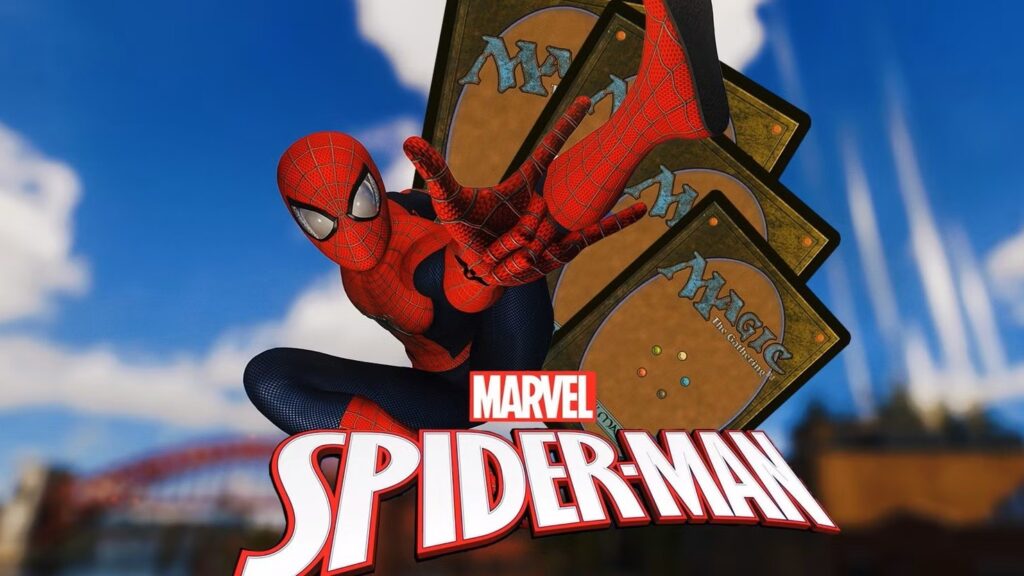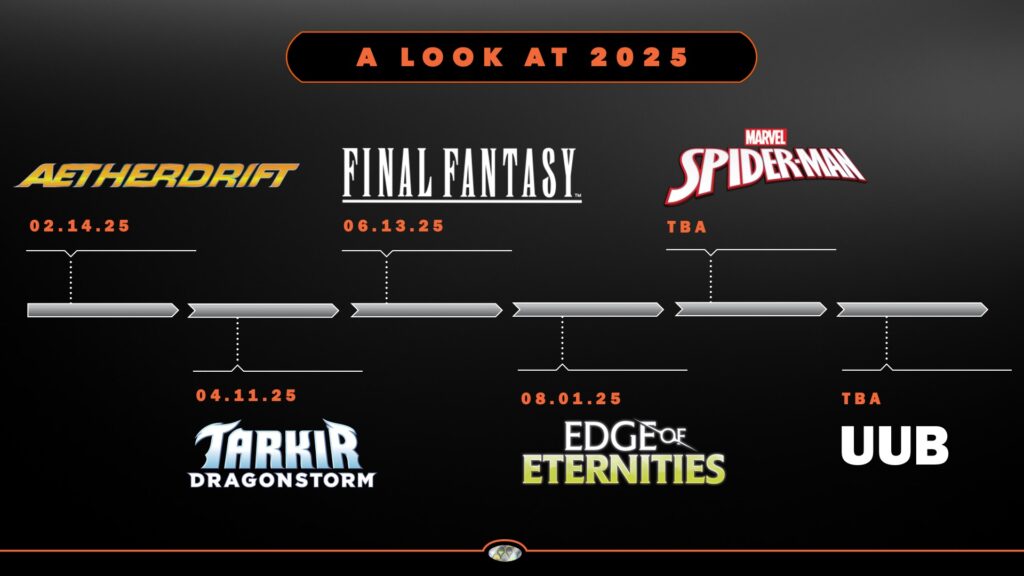Magic keeps getting bigger. New sets, new crossovers, new ways to draft. On paper, growth looks great. In practice, we’re hearing the same complaint from two very different worlds: tabletop players and moviegoers feel worn out. Games press has flagged fatigue around Magic’s crossover push and Limited experiments. Trade and analyst coverage has said similar things about Disney’s Star Wars and Marvel: too many releases, not enough must-see quality. When people feel like they can skip something, they often start skipping everything.
This is not a hit piece. It’s a diagnosis. The pattern is clear across industries: when cadence outruns craft, the brand pays.
The crossover buzz that turned into static
Crossovers start as an event. They promise fresh art, new fans, and a reason to check back in. For Magic, Universes Beyond has done all of that. It’s also created a new problem. When every quarter has another tie-in, the novelty fades. Editorial coverage has captured an uneasy split: some players love the mashups; others feel the core identity is getting blurred. Over time, that split becomes fatigue. The audience stops debating whether a crossover “fits” and starts asking why there are so many of them.
You can see the mood shift in coverage and interviews. Designers defend the output by pointing to sales and engagement. That’s real. But broad “it’s selling” answers ignore a basic brand truth: the short-term spike can erode the long-term center. If the headline is always “the next license,” it’s harder for your own worlds to be the reason people show up.

Limited at a crossroads: faster drafts, shallower experiences?
Limited is where Magic’s identity becomes tactile. The format teaches a world’s mechanics, rewards reps, and builds local culture around shared heuristics. So when the game experiments with “condensed” or novelty draft structures—like pick-two drafts with four players—the design goal is understandable: fire more drafts, even with small groups. But the trade-off is obvious to Limited-focused players and writers: smaller card pools and quicker picks often mean less texture, fewer decisions, and a shorter learning arc.
Coverage of the Spider-Man set’s pick-two model summed up the tension. Casual groups might finally draft on a weeknight without wrangling eight people. That’s a win. But the same change trims the layers that made draft a skill-testing staple. If the draft takes half the time yet also gives you half the discovery, the format risks feeling like a novelty ride instead of a sandbox you master over weeks. Some will accept the bargain. Many will not.
This is the hard part of product strategy. You can optimize for accessibility and still undershoot the experience that made your core audience care. When the “on-ramp” becomes the main road, the destination changes.
The Disney mirror: cadence vs. quality
Disney’s last few years offer an uncomfortable mirror. The company amped output across Marvel and Star Wars through theatrical releases and streaming series. Then came flat box office, uneven shows, and headlines about “franchise fatigue.” Executives have since gone on record: fewer projects, stricter curation, more time between releases. Trades and analysts framed it the same way—volume diluted event status, which dulled enthusiasm. The solution is slower output and a focus on projects that can stand on their own.
Notice the nuance. It’s not that audiences suddenly dislike superheroes or space operas. They just don’t feel compelled to watch every installment. When the signal (a true event) gets lost in the noise (more content), trust takes a hit and curiosity becomes conditional. That is exactly the dynamic creeping into tabletop: more drops, more SKUs, more reveals, and a growing sense that you can take a pass.
Event status is a finite resource
“Event” isn’t a marketing plan. It’s a feeling. You earn it by spacing releases, sharpening quality, and giving communities time to make the thing their own. Games press complaints about crossover sprawl and Limited shortcuts are really complaints about lost event status. The same is true in film coverage: if a Marvel movie launches and the conversation dies in a weekend, the brand spent its credibility to fill a slot on the calendar.
Event status decays faster when adjacent entries overlap. In tabletop, that looks like previews for the next set landing before the current one’s prerelease. In film and TV, it looks like series and movies stepping on each other. Cadence math is simple: overlap turns moments into blur.
What to fix on the tabletop side
Dial back, then commit to the line. You don’t need to drop crossovers. You need to draw their box. Put most Organized Play and Limited spotlights on Magic’s own worlds. Use crossovers as seasonal spice, not the main course. If a crossover uses a novelty draft, make it opt-in—don’t let it set the tone for the whole year.
Restore Limited depth. If you want fast drafts, great. But keep flagship sets designed for the eight-player, single-pick model that built Limited culture. Protect the learning curve and the late-format “aha” moments. When drafters feel rewarded for staying, they keep the lights on between tentpoles.
Stop overlapping hype cycles. Lock a schedule where previews and releases don’t collide. Give stores, writers, and players a runway to live with each set. The press will cover what you make room for; they can’t cover what you sprint past.
What to fix on the studio side (and why it matters to games)
Keep saying “quality over quantity,” then act like it. Cutting output is only step one. The follow-through is spacing releases and canceling mid projects that don’t clear the bar. The trades have already reported the pivot. Now the measure is whether audiences feel it. That feeling takes time.
Rebuild the reason to care. Moviegoers don’t owe you continuity homework. Give them self-contained projects that spark conversation, not a checklist. In tabletop, that means sets with distinct mechanics, art direction, and stakes—less shared universe sprawl, more tone and texture that belongs only to this release.
Measure resonance, not just revenue. Ticket sales and day-one preorders count, but the longer signal is better: legs at the box office; full draft pods two months after release; the volume of organic strategy content; the number of local store events tied to a set after launch week. If those lines are rising, cadence is working. If they’re flat, you might be strip-mining goodwill.
Shared KPIs that actually map to “health”
- Sustained conversation. Is the press still covering the project after week one, or did attention move on instantly?
- Retention over hype. Are people returning to play or watch in weeks two to six?
- Community-led content. Are creators and stores building their own events and analysis around the release, or is everything publisher-driven?
- Conversion on the next thing. Do people show up faster for the next release when you spaced the last one properly?
The throughline: protect the center
Crossovers and spin-offs are tools. Condensed formats are tools. None of them should define the brand. Games press critiques of Limited shortcuts and crossover sprawl, and trades’ post-mortems on Marvel and Star Wars, both point to a single lesson: pace and curation are not nice-to-haves. They are how you protect the center. When the center holds, people forgive misses and show up for risks. When it doesn’t, even the wins feel disposable.
The fix is not mysterious. Slow the cadence. Build the event. Give the audience time to want the next thing. That’s how you keep a universe feeling like a universe—and not a content feed.


